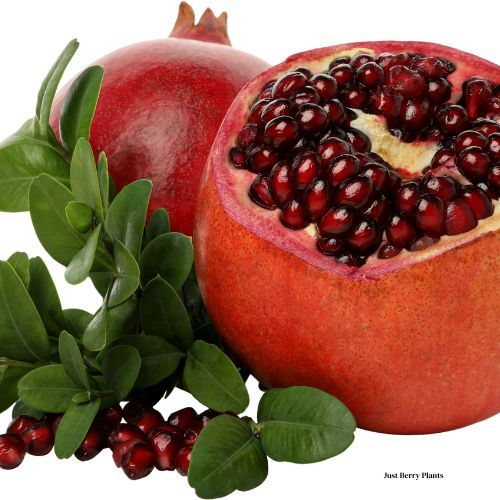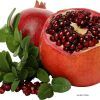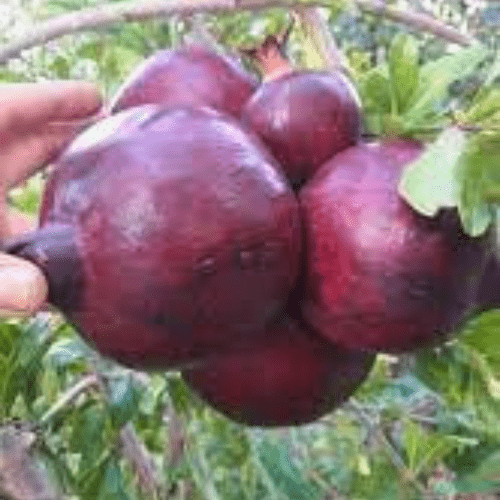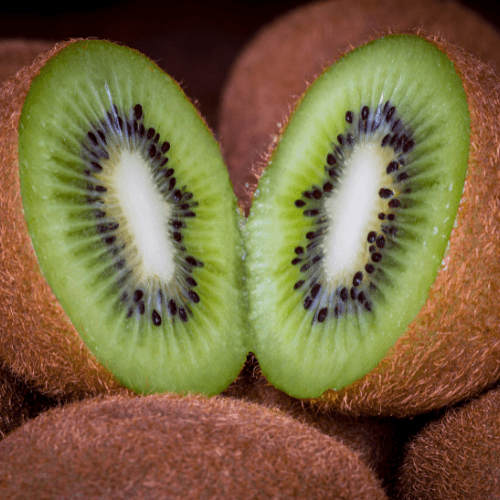Position
Hot and Sunny. At least 6 – 8 hours daily. Plant at least 4m apart as they do grow to about 3m x 3m. You can prune however, to whatever size you prefer.
Soil
Sandy or clay loam, slightly acidic. Well-drained. pH 5.5 – 6.5. Add organic matter, such as compost, annually to improve soil drainage and ensure a good soil structure for root development. Adding half a bag of our Volcanic Rock Dust (R25 per bag) and a bag of Superfrass (R25 per bag) will assist in rapid growth. They also protect the roots from insects.
Watering
Drought-tolerant once established, but benefits from regular watering during fruit set and ripening.
Mulching
Mulching: Adding a thick layer of pine bark mulch, a natural and organic material that helps retain moisture in the soil, prevents weed growth, and protects the tree’s roots, while keeping it about 5 centimetres away from the tree trunk, is a beneficial practice. This reassurance will help you maintain the health of your plant.
Fertilising
Apply one teaspoon every 4-5 months of our slow-release all plant fertiliser. The roots will absorb what they need.
Pruning
Prune in winter (dormant season) to remove dead wood, crossing branches, and to shape the tree. Typically grows to 2 – 4 meters tall. It can also be pruned into a single-trunk tree of any height. Train as an open centre (vase shape) for good light penetration and air circulation.
Good garden hygiene is not just a practice; it’s a responsibility. It’s crucial for preventing the spread of pests and diseases. Be sure to remove fallen fruit and leaves regularly to ensure the health of your Pomegranate.
Pests & Diseases
Pests and diseases can impact fruit yield and tree health. Agricultural Neem Oil or Effective Microorganisms (EM Control ) will assist in either prevention or after the fact. If you already have moths and fruit fly, wash the tree with a harsh hosing, and when dry, spray with Neem oil or EM Control. , a natural pest control method that uses beneficial microorganisms to suppress harmful ones.
Harvesting
This pomegranate bush fruits from February, depending on your climate.








